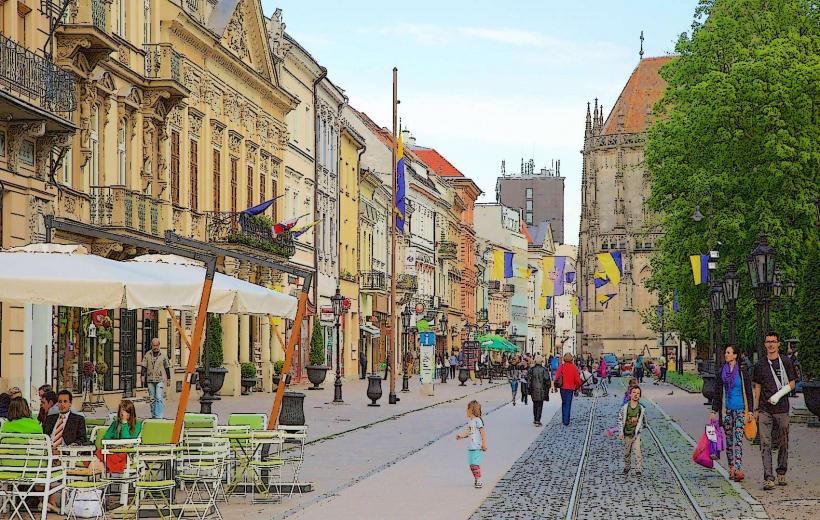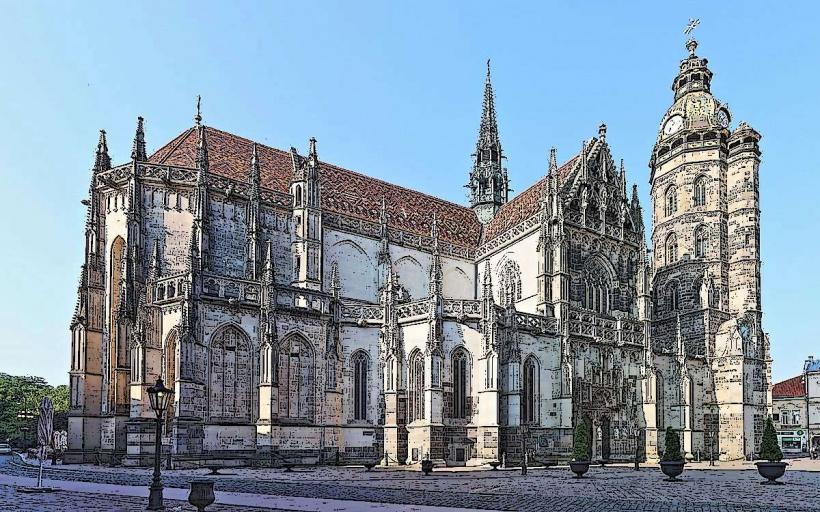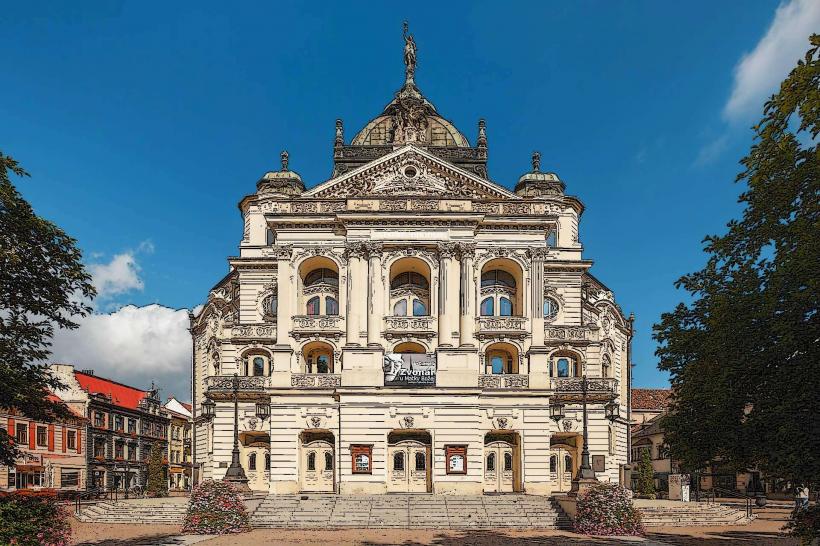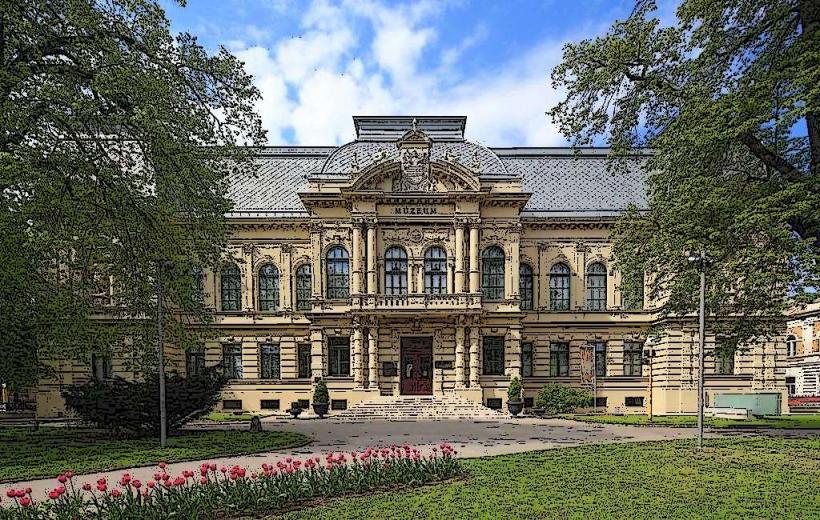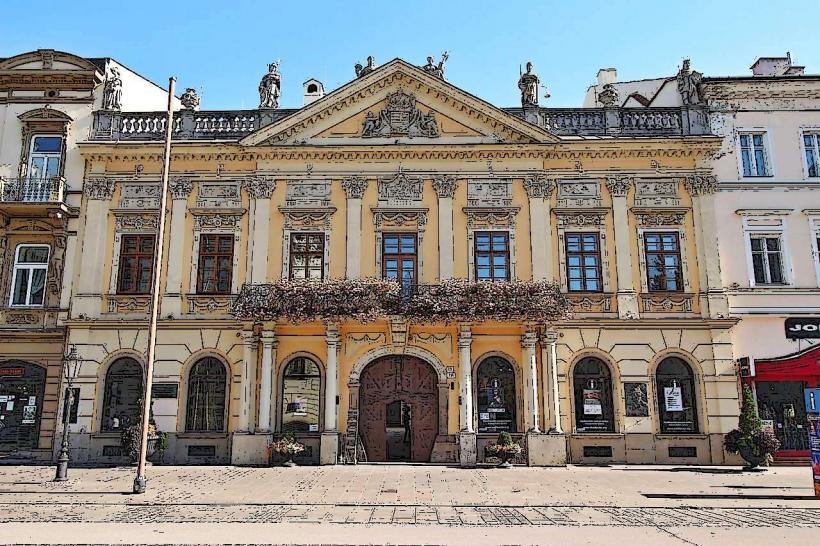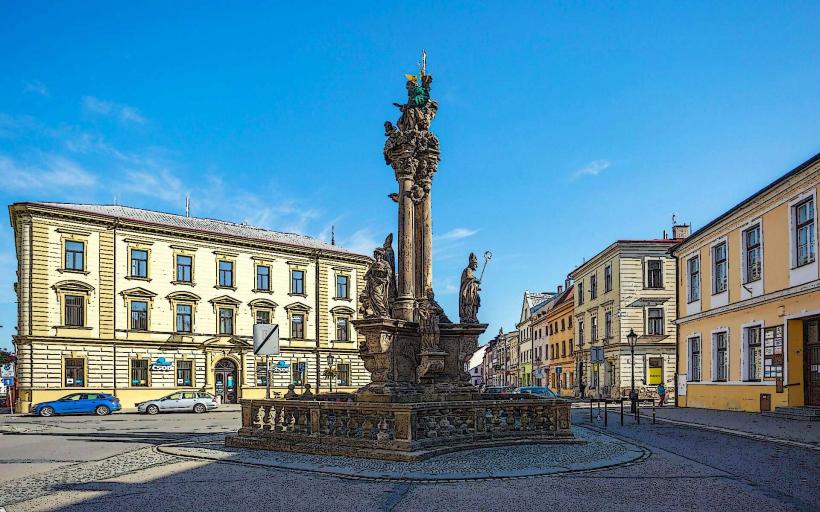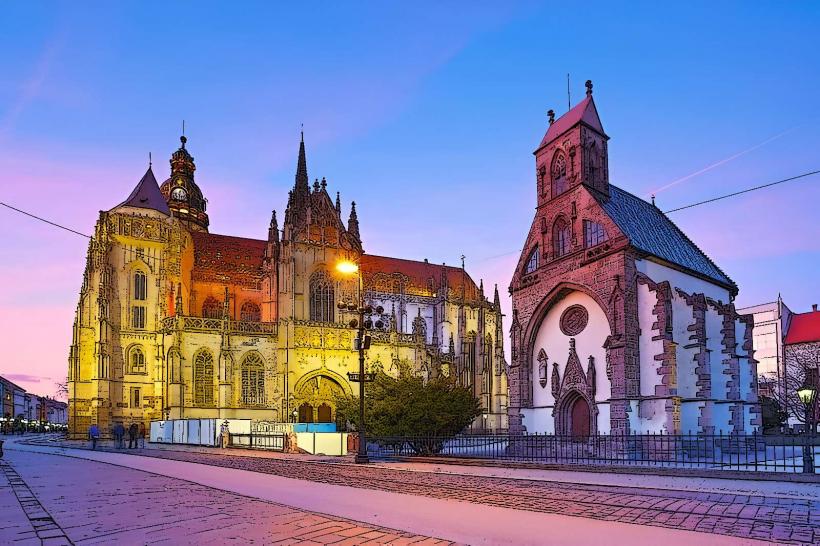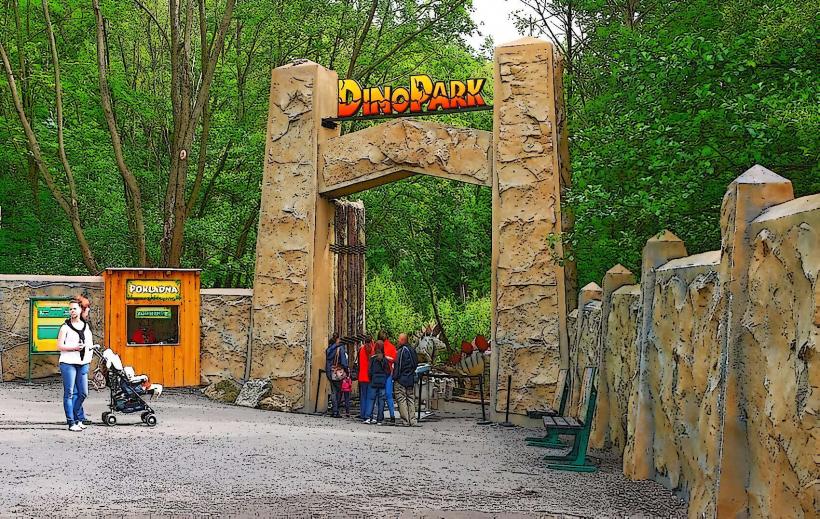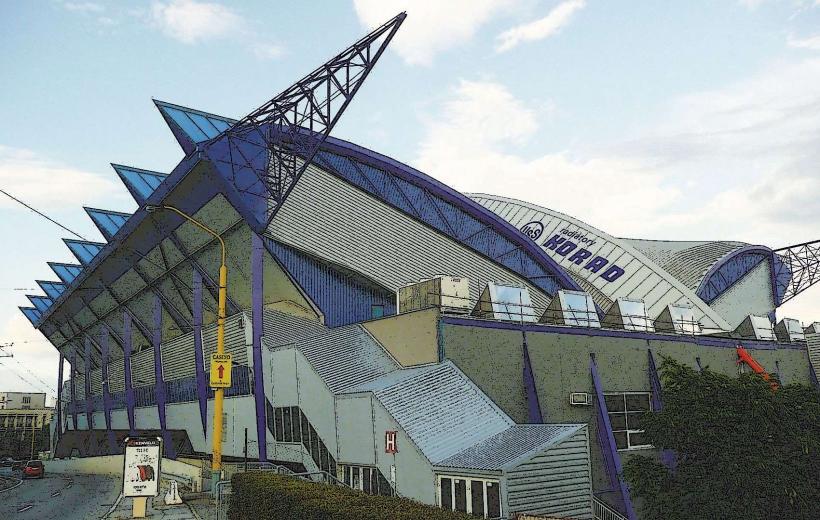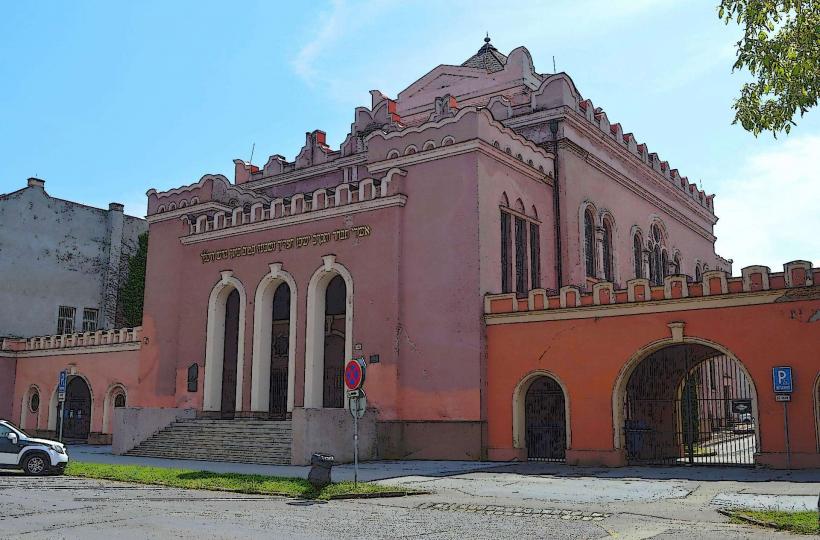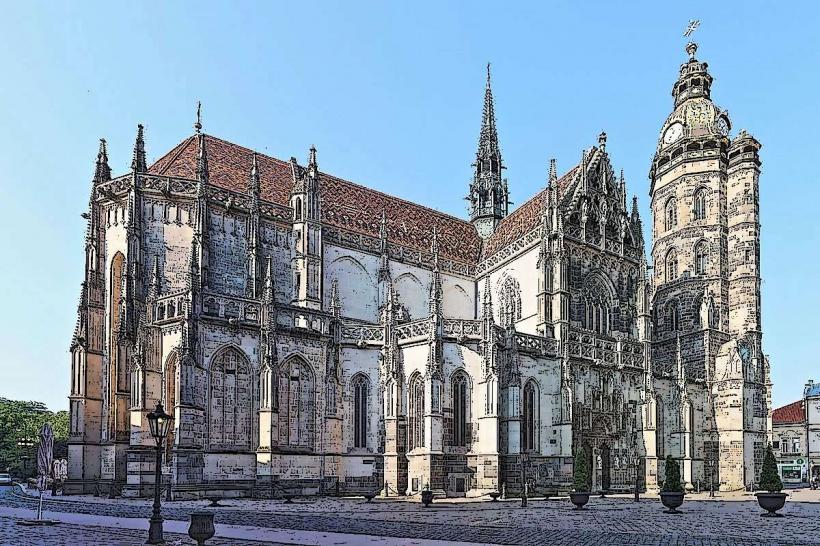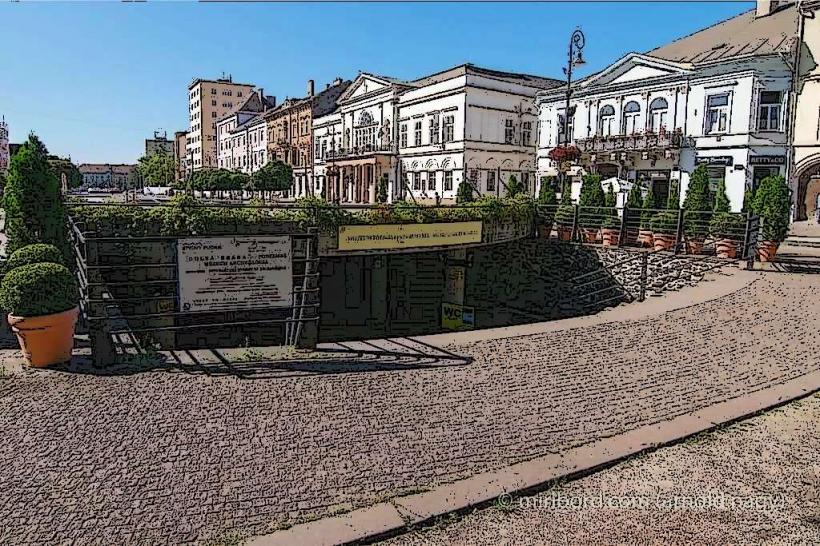Information
Landmark: Mikluš PrisonCity: Kosice
Country: Slovakia
Continent: Europe
Mikluš Prison (Slovak: Miklušova väznica) is a historical landmark and museum located in the heart of Košice, Slovakia. It is one of the oldest and most well-preserved prisons in the country, offering visitors a glimpse into the harsh realities of medieval and early modern incarceration. The prison has a rich history, having served various functions throughout the centuries, and is now a museum dedicated to the history of crime, punishment, and prison life.
General Information:
- Location: Košice, Slovakia
- Address: Miklušova 10, 040 01 Košice, Slovakia
- Established: 15th century
- Type: Museum / Historical Site
- Opening Year as Museum: 2003
History:
Mikluš Prison dates back to the 15th century, when it was initially built as a town jail for the city of Košice. It was used for centuries as a place of detention for criminals, political prisoners, and other individuals who fell foul of the law. The prison's architecture reflects its long history, with medieval and Renaissance features still visible in the structure.
Early History:
The prison was built around 1460, and its initial purpose was to hold individuals accused of minor crimes, debtors, and others who required confinement. Over the years, the prison expanded and evolved, with the building undergoing various modifications and renovations to meet changing needs.
Medieval and Early Modern Use:
During the medieval period, the prison was known for its harsh conditions. Prisoners were often shackled, confined to dark and cramped cells, and subjected to physical punishment. Many of the people held here were awaiting trial or serving time for serious offenses.
Later Use:
Over the centuries, Mikluš Prison was expanded and transformed. By the 18th century, it became more structured, with separate cells for different types of prisoners, including those accused of more severe crimes. It was a state prison for many years, where individuals faced severe punishments, including forced labor and executions.
Museum and Exhibitions:
Today, Mikluš Prison operates as a museum, offering visitors the chance to explore the history of the building and the prison system in Slovakia. The museum showcases the prison's history through a range of exhibits, historical artifacts, and interactive displays that bring to life the conditions and experiences of the prisoners held there over the centuries.
Key Features of the Museum:
Historical Displays:
The museum exhibits a collection of artifacts from the medieval and early modern periods, including shackles, chains, and other implements of punishment. Visitors can view the conditions that prisoners endured, including solitary confinement cells, and learn about the legal and penal systems of the time.
Restored Cells:
Several of the original cells of the prison have been restored and are open for public viewing. These rooms offer a stark reminder of the conditions faced by prisoners, with some cells being extremely small and poorly lit. Some areas of the prison have been left untouched to give visitors a sense of the original atmosphere.
Interactive Exhibits:
The museum uses interactive exhibits to engage visitors and help them understand the historical context of the prison's use. This includes displays on the lives of the prisoners, the crimes they were accused of, and the nature of punishments throughout history.
Historical Context:
The museum also provides historical context about the development of the Slovak penal system, explaining how the prison system evolved over time and how Mikluš Prison fits into the broader history of Košice and Slovakia.
Temporary Exhibitions:
In addition to the permanent exhibits, the museum often hosts temporary exhibitions that explore topics related to crime, justice, and punishment, as well as the broader social and historical context of the prison.
Architecture:
Mikluš Prison is a fine example of medieval and Renaissance architecture, with its sturdy stone walls, narrow windows, and small cells. The building is designed to be functional as a fortified prison, with high walls and a central courtyard. Over time, additional features such as new cells, passageways, and guard towers were added to accommodate the growing number of prisoners.
Fortified Structure:
The original building was designed to keep prisoners securely locked away and prevent any attempts at escape. The walls are thick and imposing, and many of the cells have iron bars or grates on the windows.
Medieval Design:
Many of the medieval features remain, such as the vaulted ceilings in the lower levels, which were originally built to support the weight of the upper floors. The building also retains elements of its Renaissance design, including decorative stonework and arches.
Visitor Experience:
The Mikluš Prison Museum offers a unique and educational experience for visitors, combining elements of historical exploration with insights into the social and legal history of Slovakia.
Guided Tours:
Visitors can explore the museum independently or opt for a guided tour. The guides provide additional information about the prison’s history, the conditions prisoners faced, and the cultural significance of Mikluš Prison in the broader context of Košice's history.
Family-Friendly:
The museum is suitable for visitors of all ages, and it provides educational value for families interested in history. The exhibits are informative and engaging, offering an opportunity for children and adults alike to learn about the past.
Educational Programs:
The museum offers educational programs for schools and groups, including hands-on activities and lessons about the history of crime and punishment. These programs help bring the history of the prison to life for young learners.
Fun Facts:
One of the Oldest Prisons in Slovakia:
Mikluš Prison is one of the oldest still-standing prisons in Slovakia and offers one of the best-preserved looks at medieval prison life.
Notable Prisoners:
Throughout its long history, Mikluš Prison housed various criminals, political prisoners, and individuals of interest to the authorities. Some prisoners were accused of serious crimes, while others were detained for political reasons during periods of social unrest.
Ghost Stories:
Due to its long and grim history, Mikluš Prison is said to be haunted. There are various ghost stories associated with the prison, and it is a popular spot for those interested in paranormal phenomena.
Visitor Information:
Opening Hours:
The Mikluš Prison Museum is generally open from Tuesday to Sunday, with specific opening hours that may vary by season. It is closed on Mondays.
Tickets:
Entrance to the museum requires a ticket. Discounted tickets are available for students, seniors, and children. The museum may also offer guided tours for an additional fee.
Location:
Mikluš Prison is centrally located in Košice Old Town, close to other key landmarks such as the St. Elisabeth Cathedral and Main Square.
Accessibility:
The museum is accessible to visitors with disabilities, though some of the older parts of the building may have limited access due to their historical design.
Mikluš Prison is a fascinating and educational attraction in Košice, providing visitors with a unique opportunity to explore the history of crime, punishment, and incarceration in Slovakia. Its rich history, atmospheric setting, and engaging exhibits make it a must-visit destination for anyone interested in the darker aspects of historical life.

